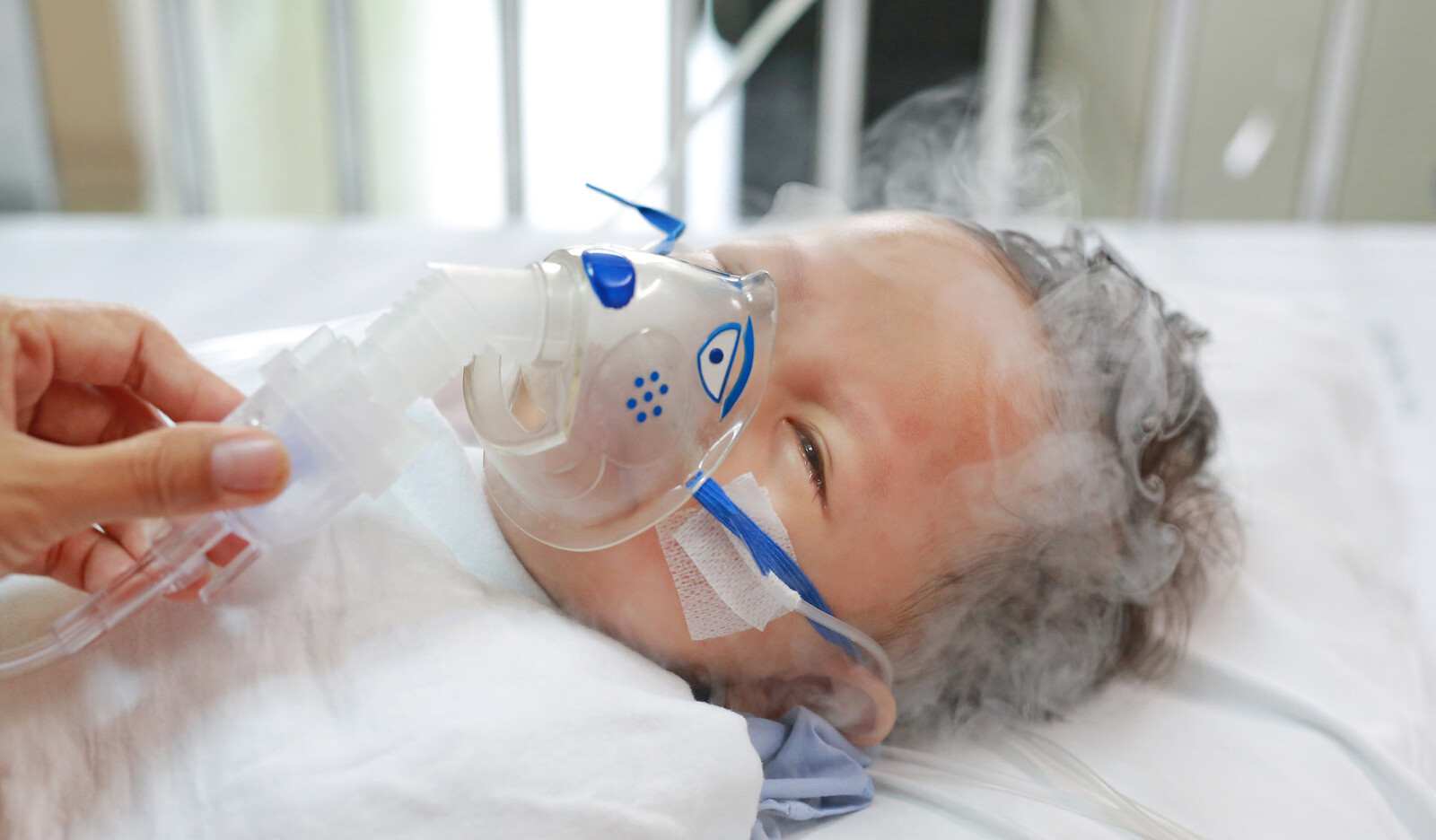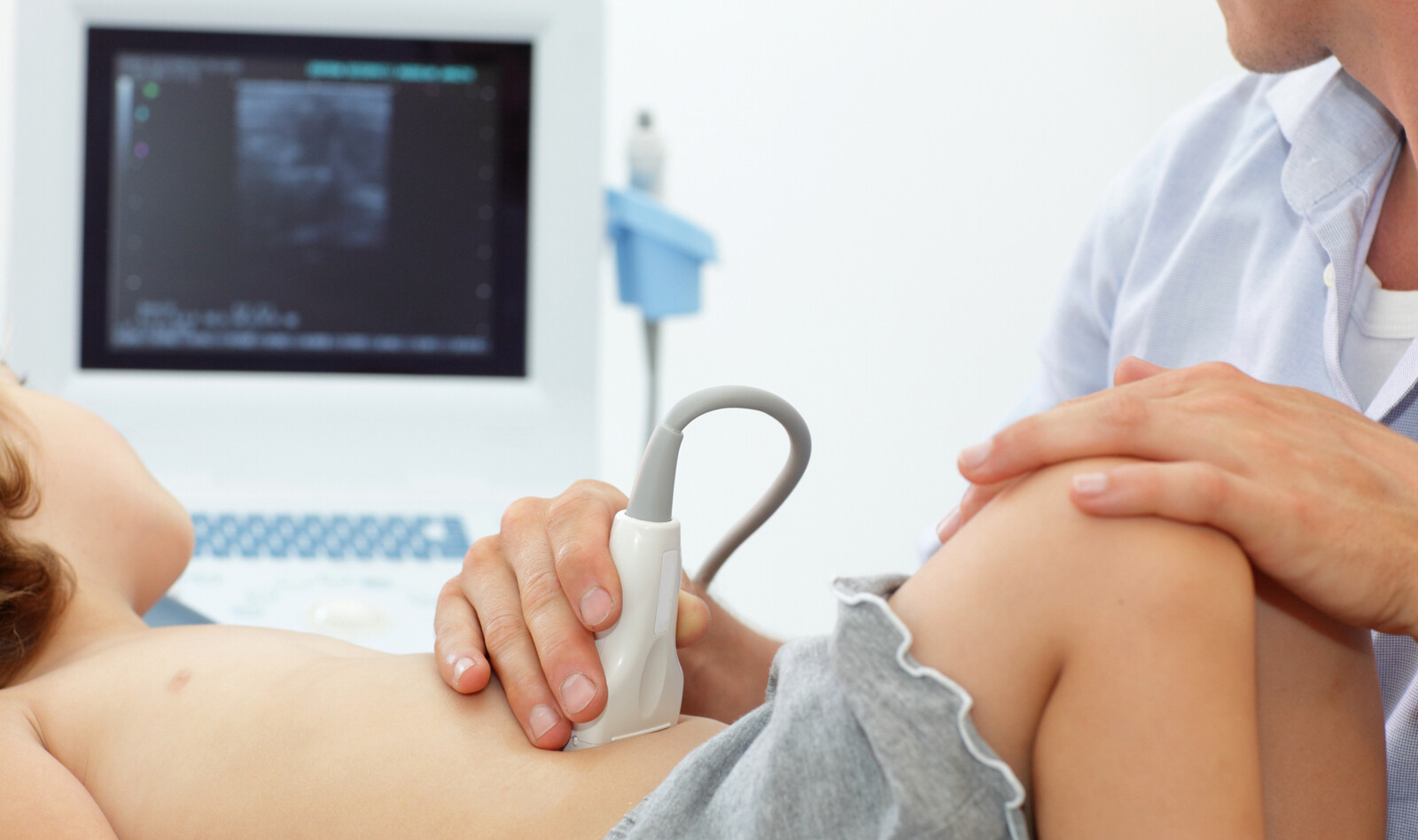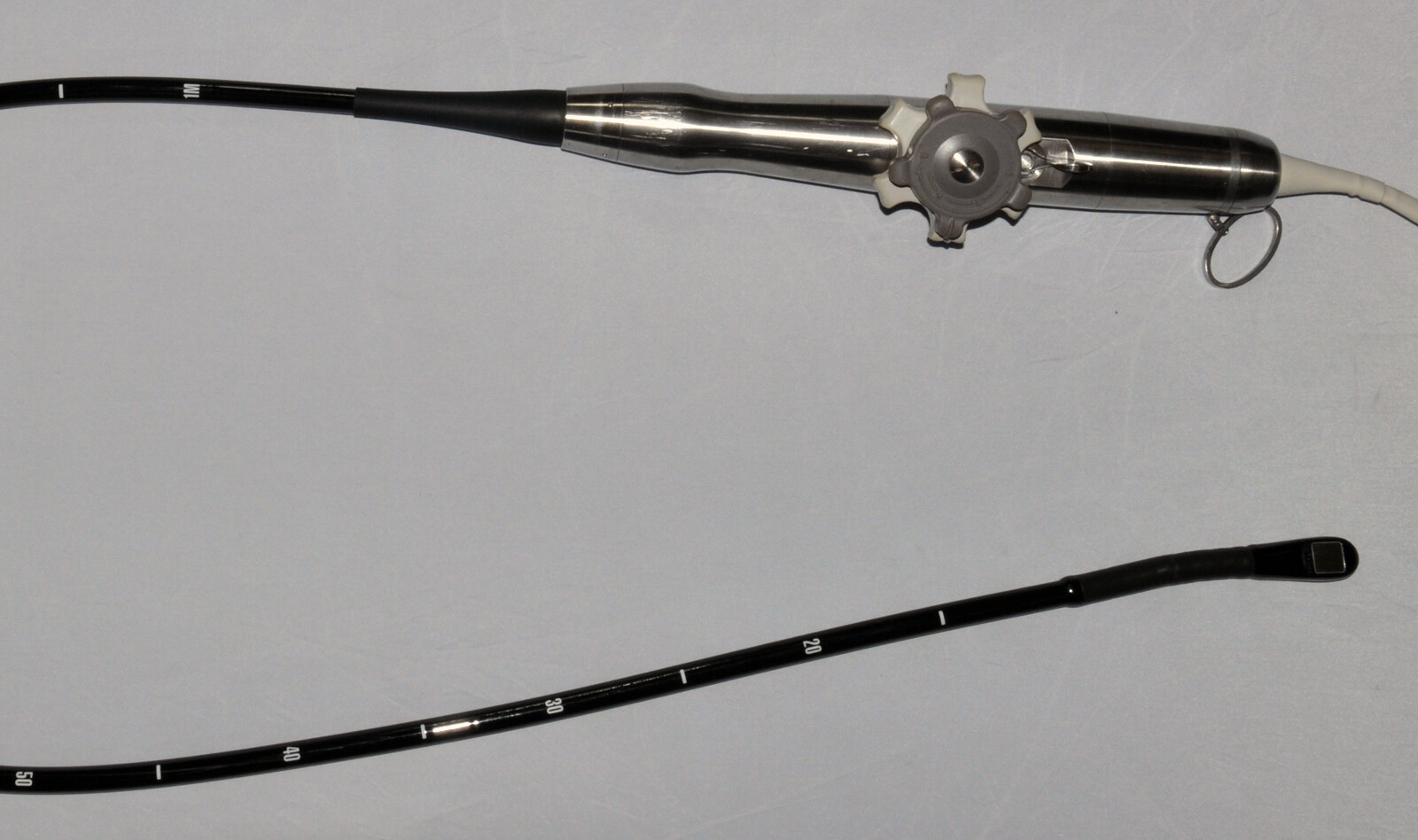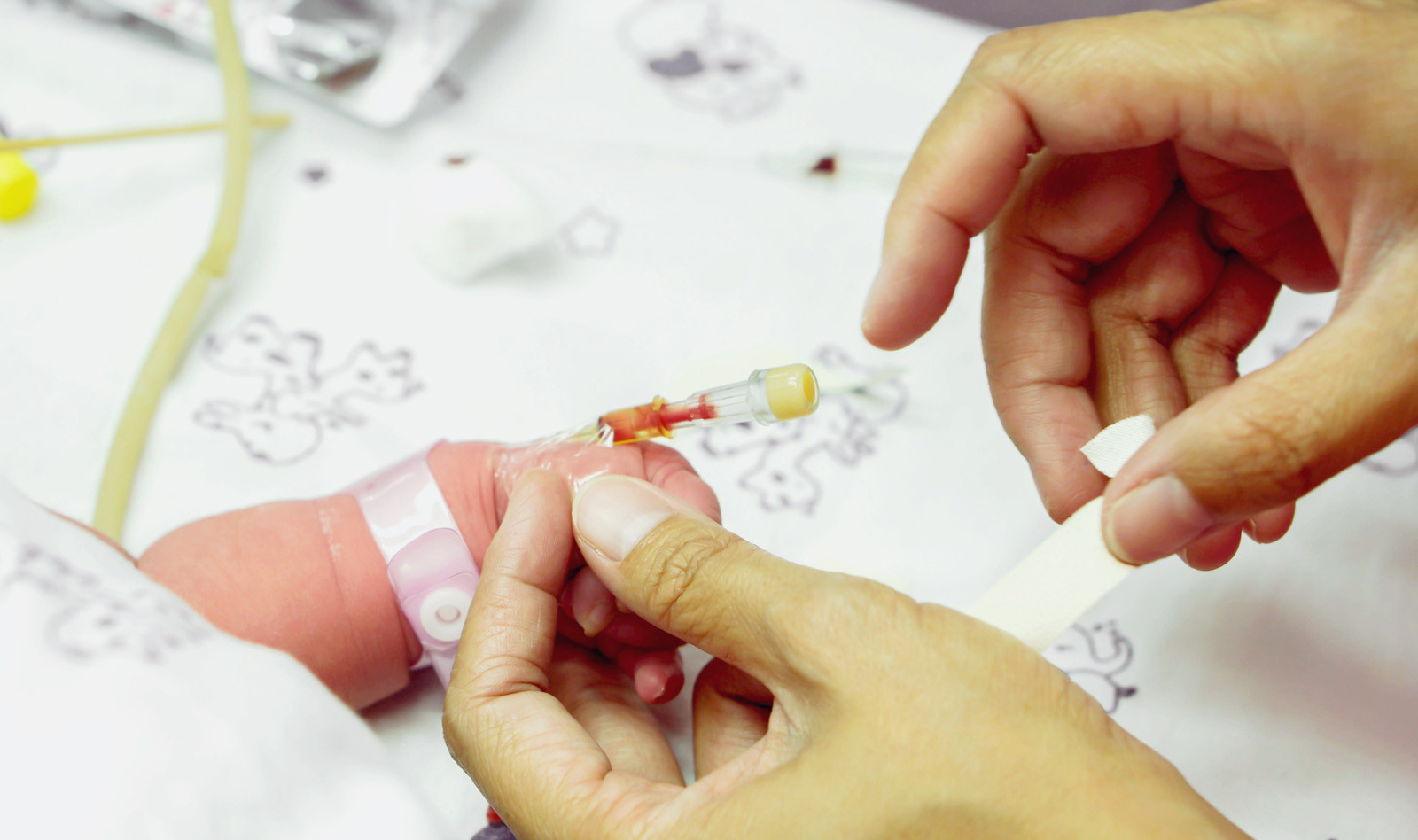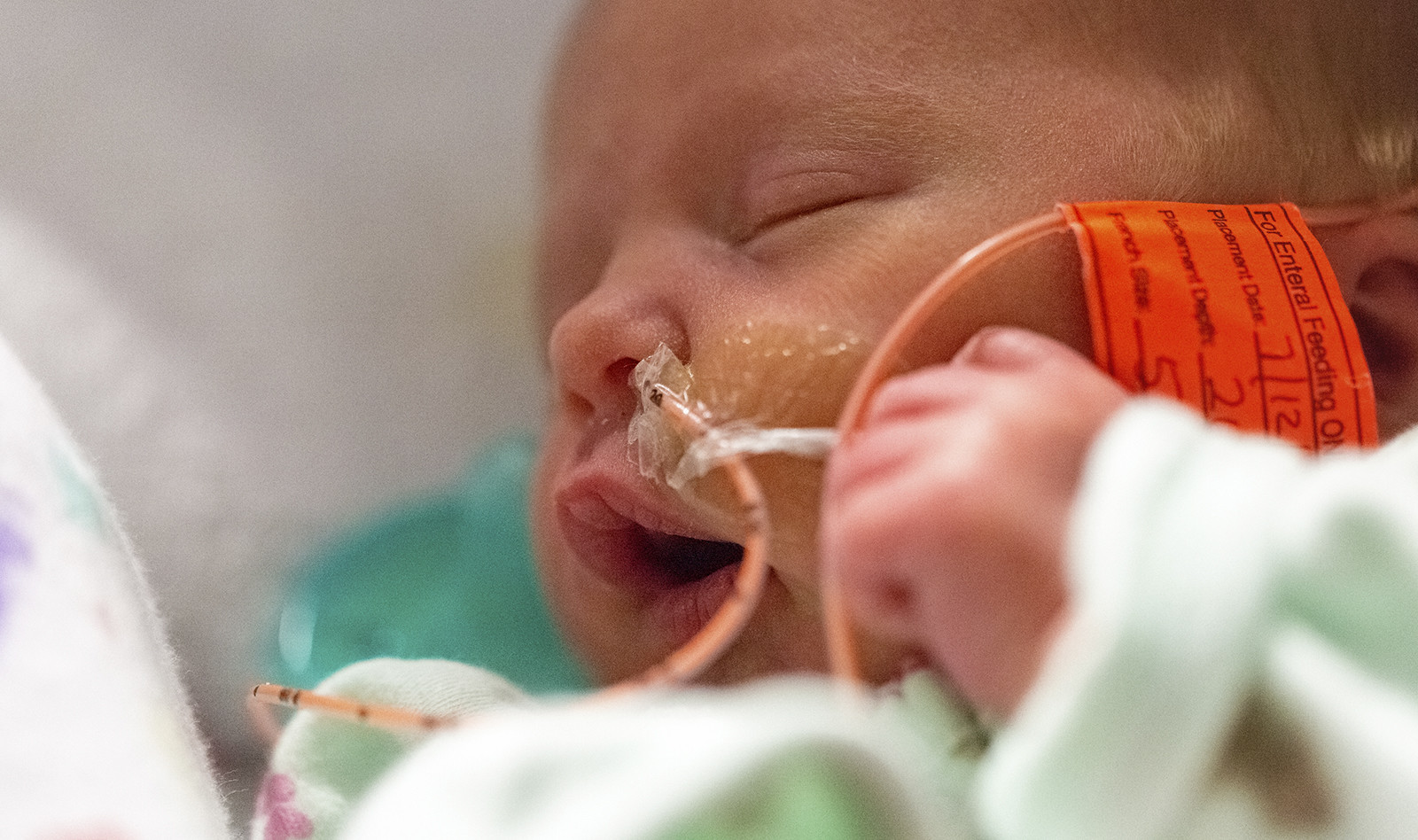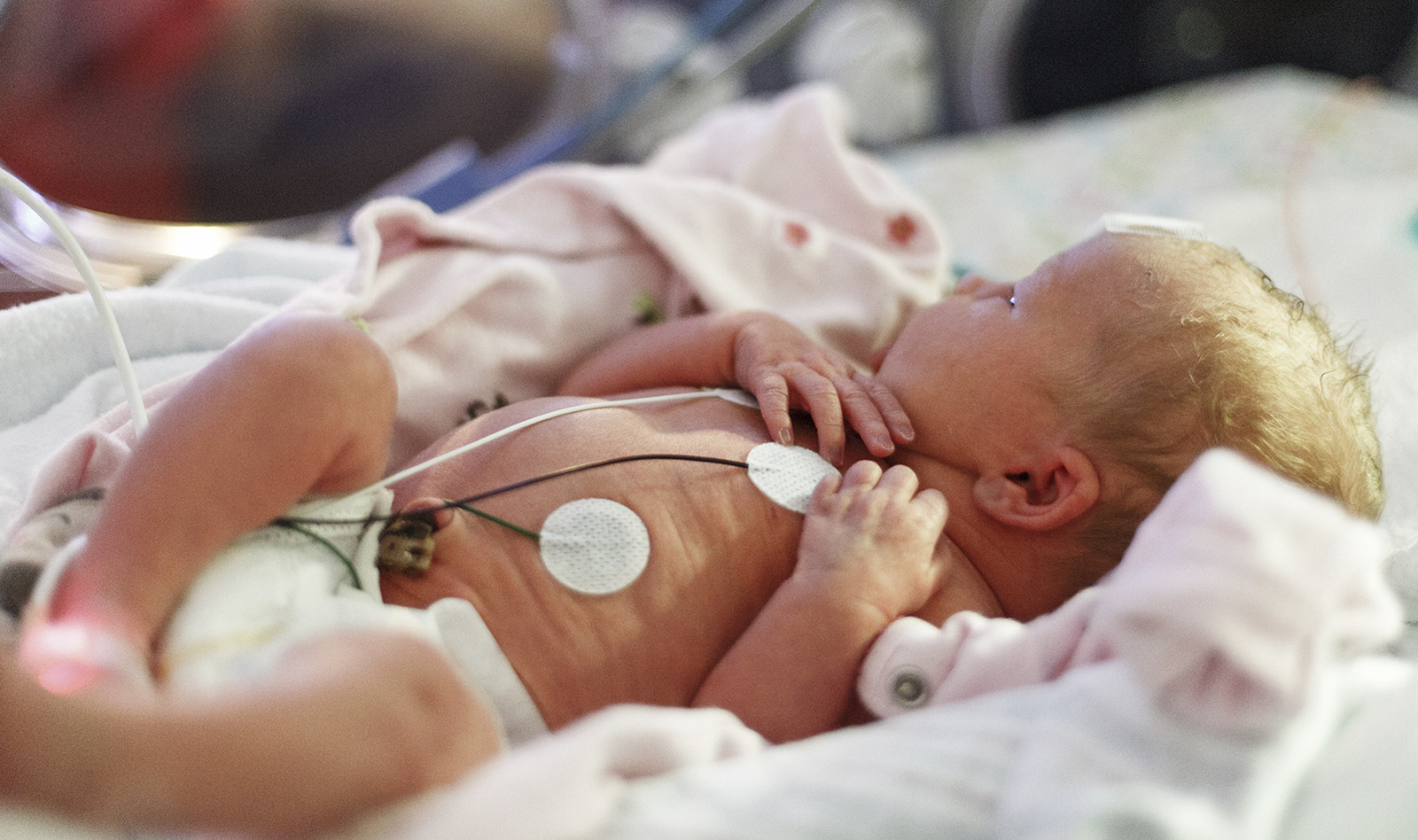Unexpected Vascular Ultrasound Findings Prompting Hemodynamic Management in an Infant in Respiratory Failure
Often, use of point-of-care ultrasound modalities at the patient bedside is dichotomized into diagnostic versus procedural ultrasound. However, as described in this case, it is important to recognize the crossover that can occur in procedural ultrasound and the potential for making diagnostic discov...
 English
English
 Español
Español 

